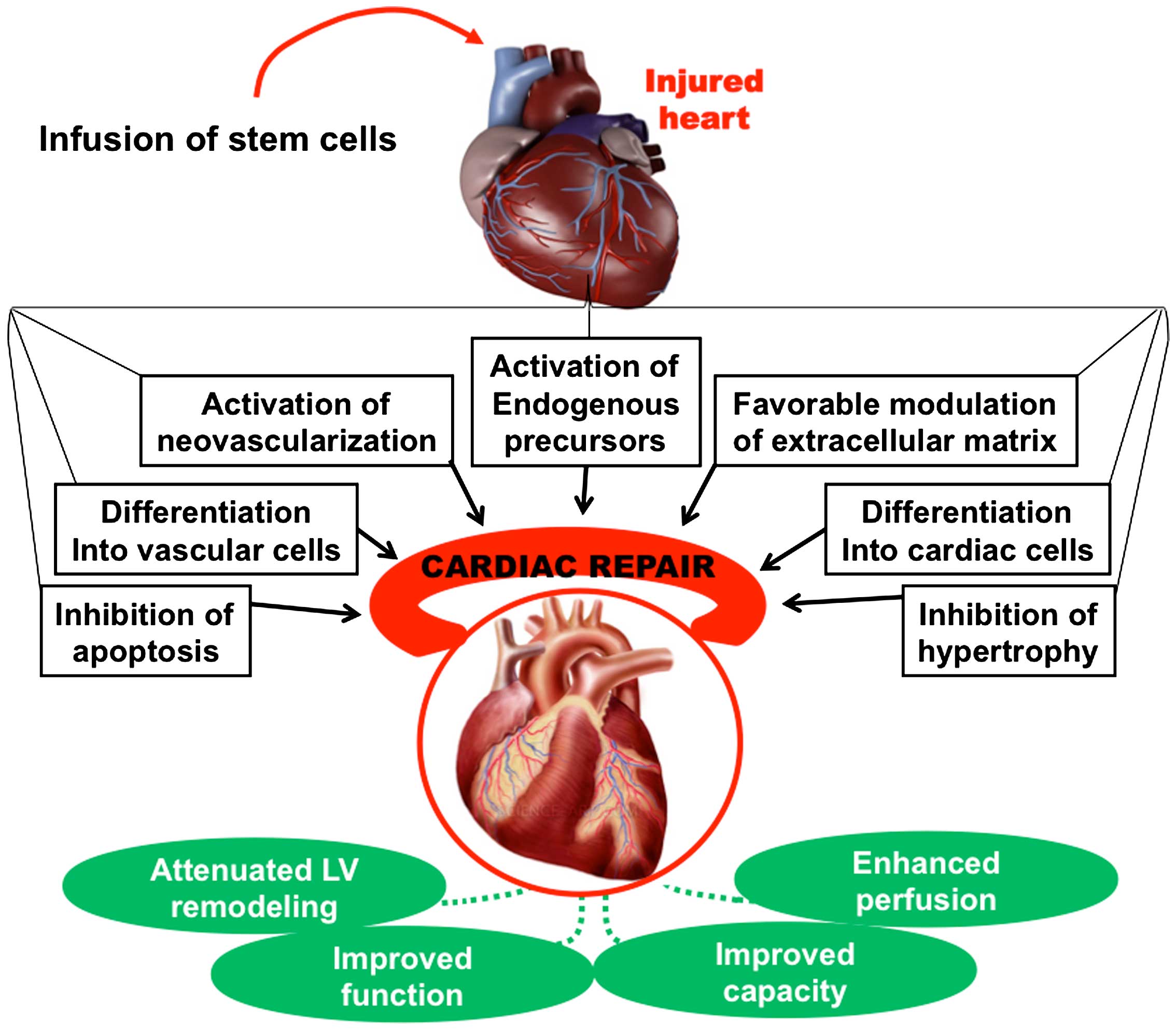Table of Contents
One is by changing right into brand-new heart cells that change damaged ones. In addition, they play an essential duty in what's called the paracrine effect. This involves releasing various variables that boost cells repair service and regrowth without in fact ending up being brand-new cells. Those factors can reduc/e inflammation, motivate new members vessel growth, and activate your body's all-natural healing processes.
The heartespecially after injuryisn't an inviting place. It's hard for new cells to hold and even harder for the body to approve them. Also if the cells endure, they still need to attach with the heart's electrical system. Without the needed electric coupling, the cells can not sync with the heart's natural rhythm.
Scientists are running professional tests to identify what kind of stem cells function best, just how to deliver them safely, and how to minimize the general threats entailed. They are also working on options like utilizing bioengineered encouraging scaffolds or gene editing to improve performance. Development is being made on numerous fronts, and each study obtains us a little closer to making stem cell treatment a regular component of cardiac care.
There's likewise very early proof that this therapy might decrease the risk of cardiac arrest after a cardiovascular disease. Stem cell therapy isn't a remedy allnot yetbut it's aiming us in the best instructions. As research proceeds we might soon see a future where the heart can do what as soon as appeared difficult: recover itself.

Although there are still difficulties, like cell survival and appropriate combination, progression is appealing. Future strategies and modern technologies like bioengineering and gene editing and enhancing can unlock the complete capacity of stem cell treatments, supplying hope for individuals taking care of heart conditions. With heart stem cells, there's an opportunity for your heart to recover itself, resulting in far better outcomes and a much healthier future.
Where to get stem cell therapy for Peripheral Artery Disease
There is no therapy method that directly strengthens the heart muscle apart from stem cell treatment. Improvements at various levels were gauged in 87% of clients obtaining stem cell treatment for heart failure and ischemic heart conditions. Stem cells have the capability to treat sick veins when they touch the ill blood vessel wall surface and they're likewise used to deal with cardiac arrest by transforming right into heart muscular tissue cells if there is weakness in the heart muscle mass.
Therapy is carried out using endothelial, mesenchymal stem cells (acquired from the individual's very own adipose cells or bone marrow) or fetal stem cells. Stem cells are administered intravenously to the client.
Atherosclerosis, i.e. vessel rigidity, is the main root cause of complete quiting of blood circulation or lowered blood circulation. Many variables such as high cholesterol, high blood pressure, smoking lead to formation of plaques in the vessel wall with time and loss of elasticity of the vessel. These plaques grow in time, tightening the vein and can avoid adequate amount of blood from entering the vessel (chronic).
Heart disease treatments depend on the kind and seriousness of the desease. Intense problems such as heart attacks require immediate medical interventions to minimize heart damage.
There is no treatment technique that directly enhances the heart muscle mass aside from stem cell therapy. Stem cells have the capability to deal with sick capillaries when they touch the sick blood vessel wall. They're additionally utilized to treat cardiac arrest by turning right into heart muscle cells if there is weakness in the heart muscle mass.
Innovative approach to Atherosclerosis via regenerative medicine
They speed up the therapy of heart muscle inflammation and swelling. In this method, the heart muscle, the general autoimmune system and other variables are dealt with.

The number of cells to be carried out is determined according to the age and weight of the person. Therapy is performed utilizing endothelial, mesenchymal stem cells (stemmed from the patient's own adipose tissue or bone marrow) or fetal stem cells. The choice is made according to the patient's condition.
It increases within a couple of hours after heart is damaged and continues to be in such levels for up to 2 weeks. CK-MB - an unique type of Creatine Kinase enzyme, which is mostly discovered in heart muscle mass. This enzyme increases when the heart muscle cells are harmed. Myoglobin - is a protein that is released into the blood when the heart or other skeletal muscular tissue is wounded.
Navigation
Latest Posts
Where to get stem cell therapy targeting Arrhythmias
Can you manage Arrhythmias with stem cells?
Breakthroughs in stem cell therapy for High Blood Pressure and what patients are saying